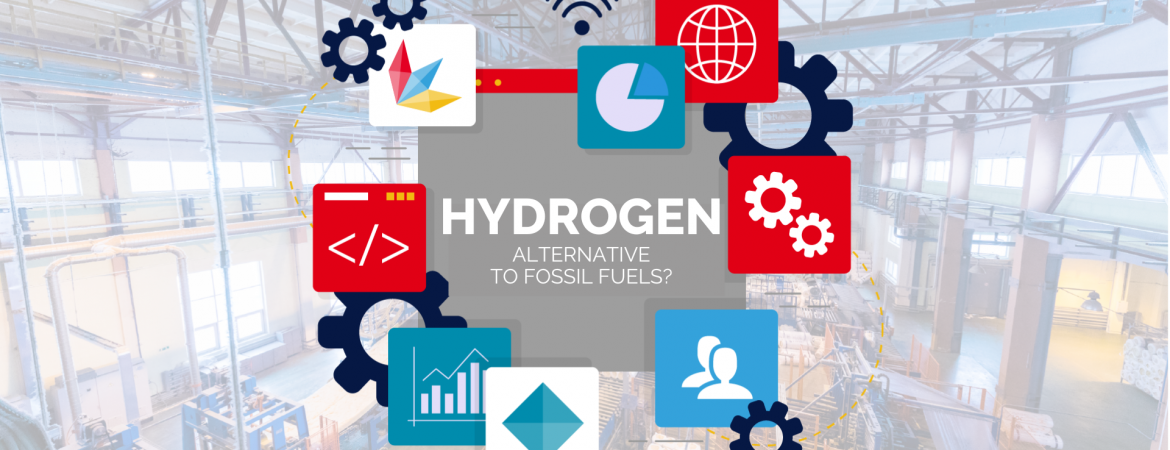Europe and the Western world are striving to create an energy mix with minimal environmental impact, as CO2 emissions have become an urgent issue. Hydrogen is often highlighted as one of the most promising alternatives.
Some Data
Efforts to reduce the impact of industrial activities and pollution from domestic demands have been ongoing in Europe for decades. Today, the energy mix is quite diverse. Let’s compare Italy and the European Union.
According to Eurostat, the EU produces:
- 41% renewable energy;
- 31% nuclear energy;
- 18% coal;
- 6% natural gas;
- 3% oil.
Production and consumption do not always align, so there are slight discrepancies in the data. Currently, Europe is quite dependent on oil and gas imports, with the goal of becoming more self-sufficient.
The energy mix used daily in Europe consists of:
- 35% petroleum products;
- 24% natural gas;
- 17% renewable energy;
- 13% nuclear energy;
- 12% solid fuels.
In contrast, Italy’s energy mix is:
- 37.6% natural gas;
- 35.7% oil;
- 19% renewable energy;
- 5% solid fuels.
Rebalancing objectives
For political, strategic, and environmental reasons, it’s necessary to rethink the energy used daily in Europe. The primary goal is to reduce CO2 emissions by 40% by 2030. To achieve this, the aim is to produce 42.5% of clean energy by 2030.
Italy aligns with the objectives of the National Integrated Energy and Climate Plan formulated in 2019. The goal is to reach 40% clean energy production by 2030.
Hydrogen: a potential game changer?
Amid this complex framework of energy production, distribution, and consumption, hydrogen emerges as a potential resource. Efforts have been underway for years to harness its potential, but challenges remain.
Theoretically, hydrogen offers significant advantages over oil as a fuel. Primarily, it emits only water vapor when burned, which is clearly less polluting compared to the mix of particulates emitted by gasoline-powered cars.
An already adopted solution
There are already commercially available cars utilizing hydrogen technology, such as the Toyota Mirai. This vehicle not only uses hydrogen but also purifies the air as it drives. This early stage development indicates a commitment to exploring this avenue.
However, challenges persist, particularly with the electrolysis process, which currently suffers from high energy loss—between 45 and 60 percent. This is due to the need for high compression, which is costly both economically and in terms of energy loss. Significant investments are needed to refine production methods.
The positive aspect is that existing gas import infrastructure in Europe can be repurposed for hydrogen, significantly reducing costs.
Transport challenges
The biggest logistical challenge is that hydrogen must be maintained at -251 degrees Celsius, compared to -162 degrees for natural gas, throughout the entire transport chain. Up to 40% of energy can be lost during transport.
Additionally, in areas with challenging hydrogeological conditions, excessive hydrogen production could exacerbate existing issues.
Not the only alternative
In conclusion, hydrogen could become a viable future alternative but not the primary substitute due to these challenges. The industry itself remains cautious about its future development. We will have to wait and see.



